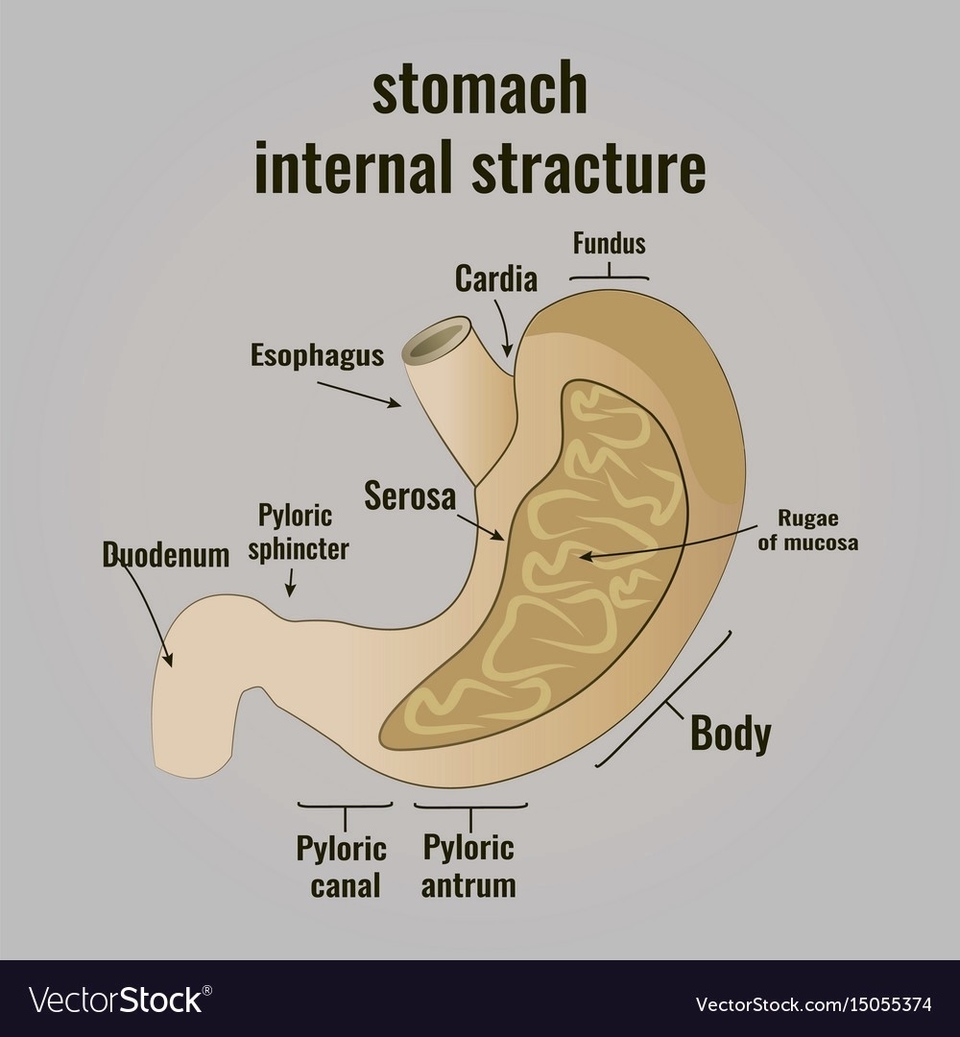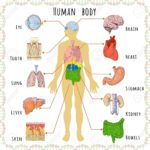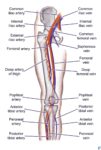Human Stomach Anatomy
The human stomach is a complex organ that plays a crucial role in the digestive system. It’s primarily responsible for the breakdown of food, preparing it for further digestion and nutrient absorption in the small intestine.
Location and Structure
The stomach is located in the upper abdomen, on the left side of the body. It’s a J-shaped organ that connects the esophagus to the duodenum. The top of the stomach connects to a valve called the esophageal sphincter. The stomach spans the region between the cardiac and pyloric orifices of the gastrointestinal tract.
Parts of the Stomach
The stomach is divided into four main parts:
1. Cardia: The cardia is the upper part of the stomach where food enters from the esophagus.
2. Fundus: The fundus is the dome-shaped part located to the left of the cardia.
3. Body: The body is the largest part of the stomach. It’s where food mixes with stomach acid and begins to break down.
4. Pylorus: The pylorus connects the stomach to the duodenum. It acts as a gatekeeper, controlling the rate at which partially digested food, or chyme, leaves the stomach and enters the small intestine.
Function
The stomach serves three main functions:
1. Storage: The stomach temporarily stores food, allowing us to eat relatively large meals quickly and digest them over time.
2. Digestion: The stomach uses muscular contractions to mix food with gastric juices, breaking it down into a semi-liquid state. Gastric juices contain hydrochloric acid, which kills bacteria and other pathogens in food, and pepsin, an enzyme that breaks down proteins.
3. Regulation: The stomach regulates the rate at which the partially digested food, or chyme, is released into the small intestine for further digestion



